Marketing
The Hidden Costs Eating Your Ad Budget

Every day, marketers are paying full price for their digital ad campaigns while getting only a fraction of what they paid for. It's like you pull up to a gas station that advertises premium fuel, but instead they fill your tank with watered-down regular gas. You're paying top dollar but driving away with a fraction of the horsepower you paid for.
How Creative Consistency Can Work Magic for Brand-Building – A new study demonstrates the positive effects that steady, consistent advertising efforts can have on marketers’ ROI

Creative consistency is the unsung hero of effective branding, and recent research confirms its profound impact on advertising success. A recent System1 study conducted in the U.K. in collaboration with the Institute of Practitioners in Advertising (IPA) Effectiveness Databank sheds light on the transformative power of maintaining a cohesive creative identity over time. While the study originates in the U.K., its findings resonate globally, including in the U.S., demonstrating that consistent brands significantly outperform their inconsistent counterparts in ad quality and business results.
Bad Bunny’s Latest Album Is Already a Cultural Phenomenon—Brands, Are You Paying Attention?

Let’s be real, 2024 tested us. Politically, culturally, emotionally. And just when we needed it most, Benito Antonio Martínez Ocasio, better known as Bad Bunny, delivered Debí Tirar Más Fotos (I Should’ve Taken More Photos), a 17-track masterpiece that feels like a collective celebration of identity, resilience, and joy. For Latinos, Puerto Ricans, and fans around the globe, this album is more than music; it’s a movement. And for brands? It’s a blueprint to cultural relevance. MARIA TERESA HERNANDEZ - SVP, Brand Partnerships & Head of Diverse Supplier Marketplace at Mirriad
DE&I recalibration from the likes of Amazon, Meta, Publicis sparks questions around faltering commitments

Any flicker of hope that the ad industry would renew its commitment to diversity, equity and inclusion in 2025 may be getting dimmer just days into the New Year. Recently, Amazon, Meta, Publicis Groupe and McDonald’s joined the growing list of companies to revamp (or roll back, depending on who you ask) their DE&I policies.
Reconfiguring Tomorrow: Cultural Trends Shaping 2025

As I've been observing cultural shifts over the past year, it's become increasingly clear that many of the forces shaping our future aren't new at all. What we call cultural trends often linger beneath the surface — latent, quietly shaping behavior until something accelerates their emergence. In the early 2010s, the global recession exposed fissures in trust and belonging, driving the rise of new forms of leadership and connection. Indeed, this was the cultural moment in which my model of brand citizenship emerged — a response to the void left by faltering institutions and a recognition that brands could rebuild trust by delivering both personal and societal value.
Looking for 2025 Power Players: HMC Strategic Excellence Awards Powered by Collage are OPEN
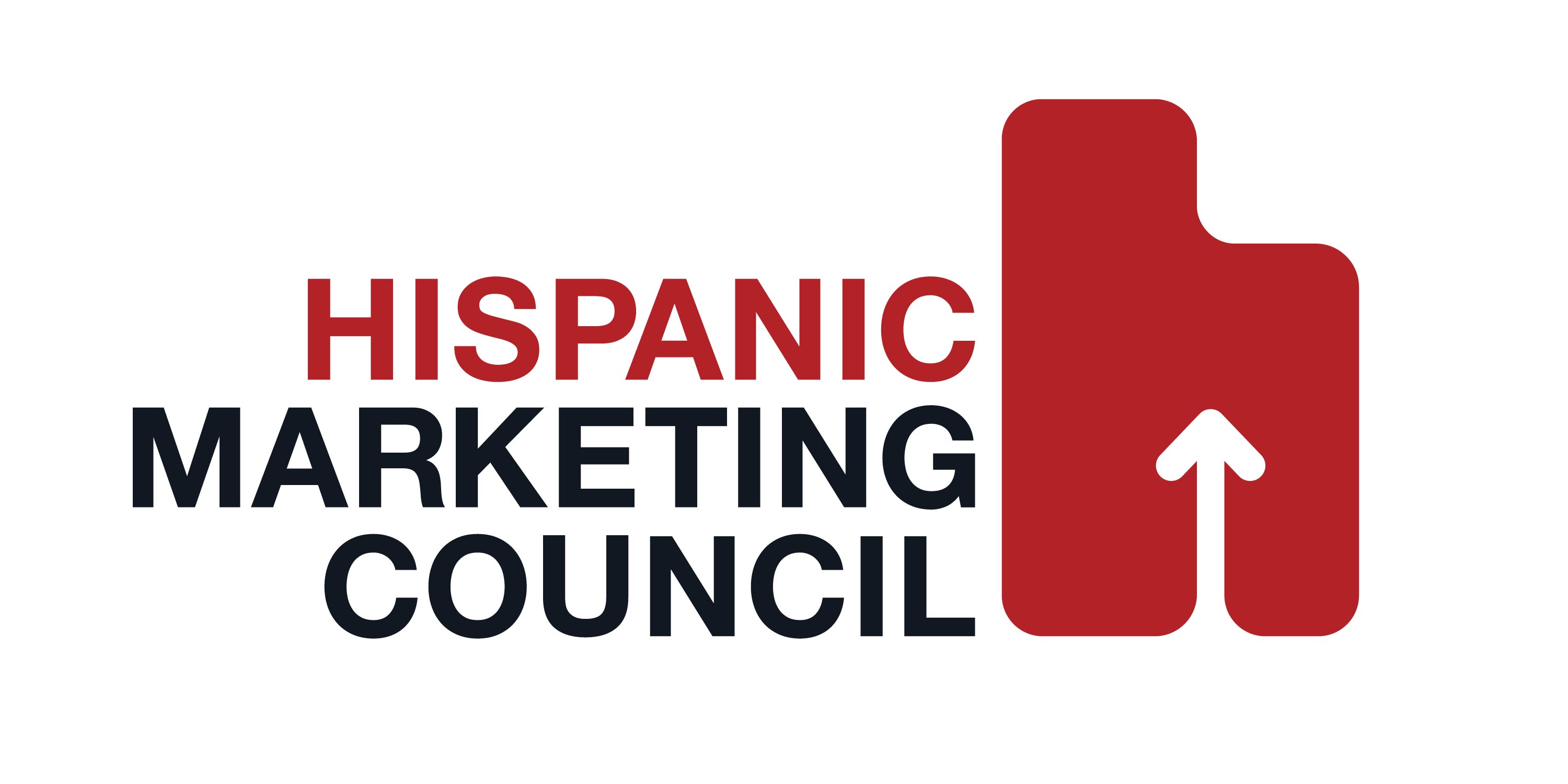
WE ARE LOOKING FOR CAMPAIGNS THAT MOVE THE NEEDLE The 2025 Hispanic Marketing Council Strategic Excellence Awards Powered by Collage Group have opened their call for entries to recognize agencies driving innovation, cultural relevance, and impact… in other words, campaigns that connect with today’s dynamic consumers.
Habit: the established brand’s undervalued advantage

Whether it is the result of preference, routine, or dependency, habit has a powerful influence on purchasing behavior, but one that I suspect many marketers undervalue. By Nigel Hollis
Why brands are falling short with their media strategies [REPORT]

Leading brands are using an ineffective combination of media channels for their campaigns, a major new study has found, with many optimizing for reach instead of for brand metrics that will yield more impact.
Evolve, don’t dissolve DE&I: A Case for Multicultural growth

In recent years, multicultural cohorts have emerged as undeniable powerhouses, reshaping the U.S. political, cultural and economic landscape. For companies operating in today’s polarized sociopolitical climate, the stakes couldn’t be higher. Corporate America finds itself at a crossroads on diversity, equity and inclusion initiatives that influence their ability to authentically engage with diverse consumer cohorts driving the next wave of business growth.
Major AM/FM Radio Campaign Drives Significant Brand Awareness And Growth In Leads And Sales

One of the largest tests of AM/FM radio advertising was conducted in Spring 2024 in just over twenty local markets. The campaign ran across a broad mix of small, medium, and large markets. The two-month AM/FM radio campaign featured heavy media weight with ~500 monthly GRPs, generating a monthly reach of 75% and a seven frequency. The campaign featured a two-week burst followed by two dark weeks and then another major two-week pulse. In the test markets, three out of four people were exposed to the campaign monthly an average of seven times.
Creative Optimization Is All About Orchestration and Relevance

Ad tech is ever-changing, a truth proven out by the short lifespan of some of its central terms. We have moved on from several integral shorthand phrases that found their way out of favor – like "online behavioral data" and "data management platform." More recently, we've seen the deprecation of platforms like Amazon Ad Server and Oracle Advertising. Meanwhile, there's another term, enduring since the early days, that now flirts with obsolescence. That phrase is "dynamic creative optimization" which is too limited to describe its real meaning, and its critical importance for the current moment.
The Americanisation of Media
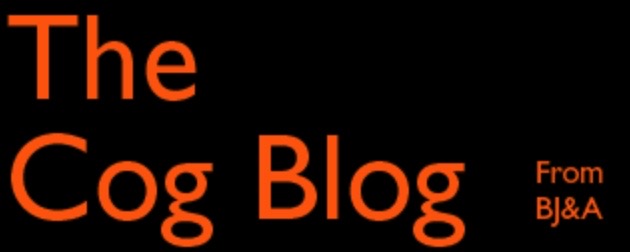
The history of media agencies began with an arrogant lack of interest in the media process by those leading full-service agencies, mainly account handlers who considered (with some justification) that their clients couldn’t care less about the boring detail on how their media money was spent. Today we have an industry unrecognisable from those days, shaped in large part by technology and the social media platforms constructed with it.
2024 Hispanic Market Thought Leaders – Available for DOWNLOAD for FREE
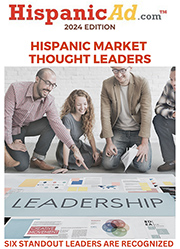
HispanicAd offers its annual report on key industry trends and honors the Top Marketing Executives with US Hispanic & Multicultural area. This report offers an depth analysis of the executives and their companies setting the standard of excellence for the US Hispanic Marketing industry. This year our honorees are: National Football League, NBC Universal Telemundo Enterprises, Johnson & Johnson, Kaiser Permanente, General Motors and The Walt Disney Company.
2024 Hispanic Content Report – Available for download for FREE
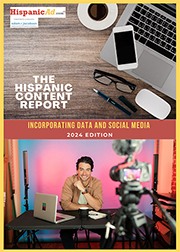
HispanicAd offers its annual report on key Content, Data & Social usage strategies, along with the importance of using Data strategies to engage the US Hispanic Consumer.
25TH EDITION OF HMC HISPANIC MARKET GUIDE: A comprehensive Playbook to help Marketers STOP Latino Coating & Reach Hispanic Market with Authenticity [DOWNLOAD GUIDE For Free]
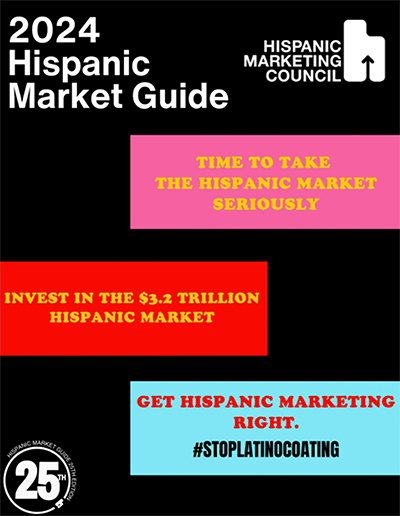
On the heels of launching its #STOPLATINOCOATING campaign, the Hispanic Marketing Council (HMC) has released its highly anticipated 2024 Hispanic Market Guide as a roadmap to help marketers effectively and authentically connect with U.S. Latinos, currently positioned as the fifth largest global economy. This year marks the 25th edition of the market guide, which has served as a valuable resource for the industry and a vehicle for helping brands tap into the Hispanic opportunity.
2024 Hispanic Market Overview Report- DOWNLOAD for FREE
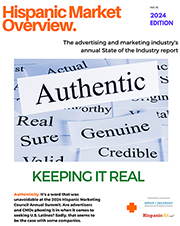
HispanicAd in association with Adam R Jacobson are proud to announce the availability of the 2024 Hispanic Market Overview – titled “Authentic - Keeping it Real” To download click on image or CLICK HERE
Marketing Course for 2025 [REPORT]

Horizon Media Holdings, parent company of the full-service marketing portfolio including Horizon Media, unveiled its inaugural annual marketing industry forecast - "25 Trends on the Horizon in '25." The 2025 report maps out the trends that leaders from across Horizon's portfolio predict will reshape how brands connect with consumers in a rapidly evolving media landscape.
5 Marketing Takeaways from Bad Bunny’s Latest Record, DeBÍ TiRAR MáS FOToS

Bad Bunny has once again proven why he’s not just a music icon but a marketing mastermind. With his latest album DeBÍ TiRAR MáS FOToS, he’s taken his cultural authenticity, creativity, and strategy to new heights, offering powerful lessons for marketers. From unpredictable surprise drops to building hype with strategic collaborations, every move Benito makes is a carefully crafted marketing play. Here’s how you can take inspiration from his approach to transform your brand’s strategy. By Jossi de la Torre, BODEN Agency
SeeHer’s Best Practices for Representing Women in Health and Wellness Marketing [REPORT]

According to SeeHer's recent report, "Driving Impact: A Best Practice Guide for Representing Women in Health and Wellness Marketing," women hold a sizeable amount of economic power in the U.S., with 85 percent of purchase decisions being made by women. Yet only 16 percent of women say the media portrays them accurately "all the time."
Let’s Talk About Marketing Talk

There's a growing risk for brands that use too much jargon in their communications




























